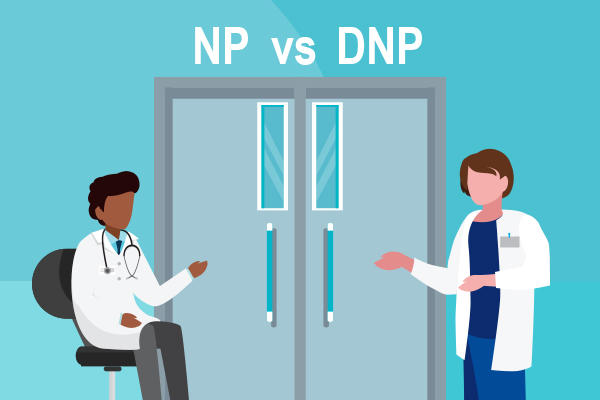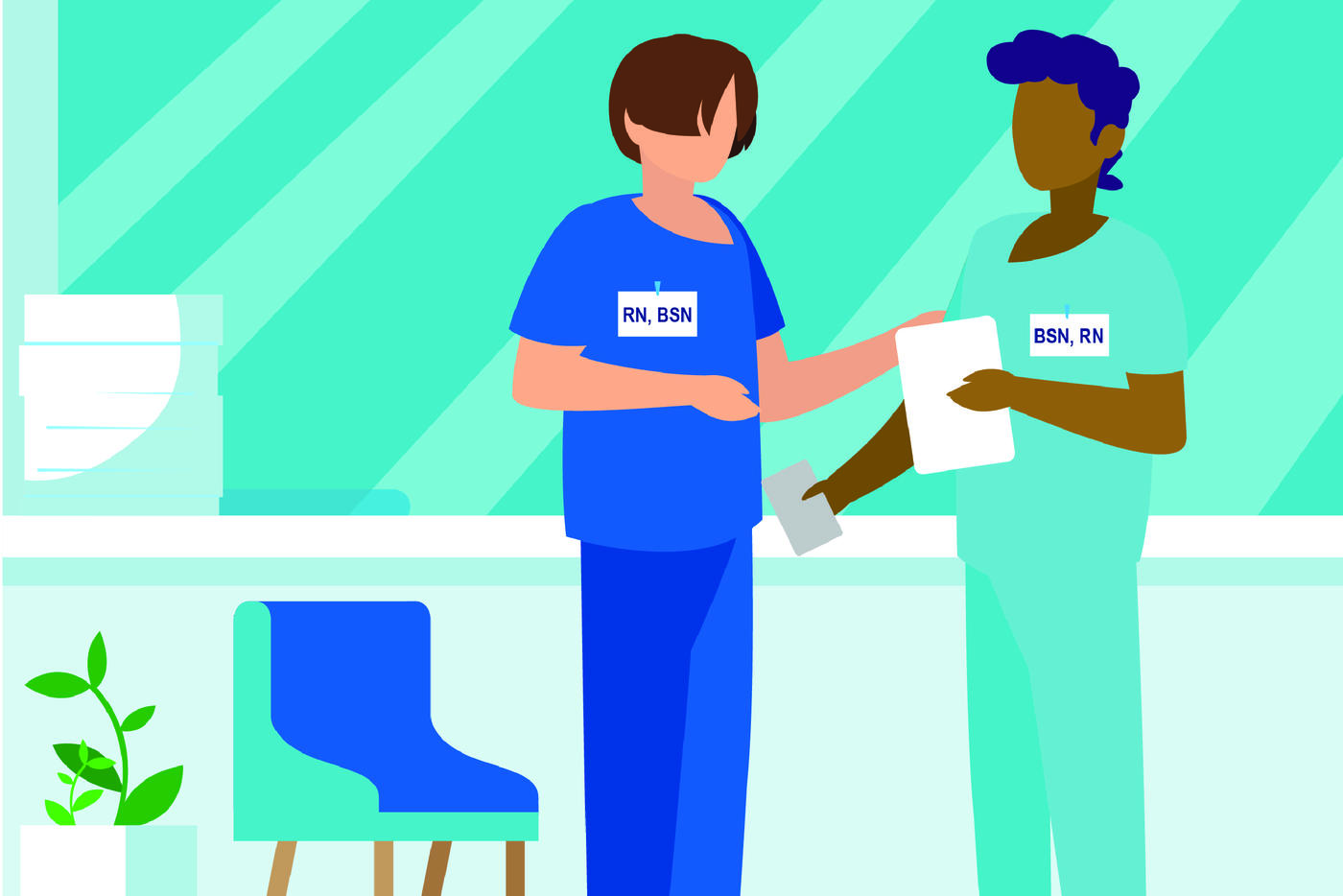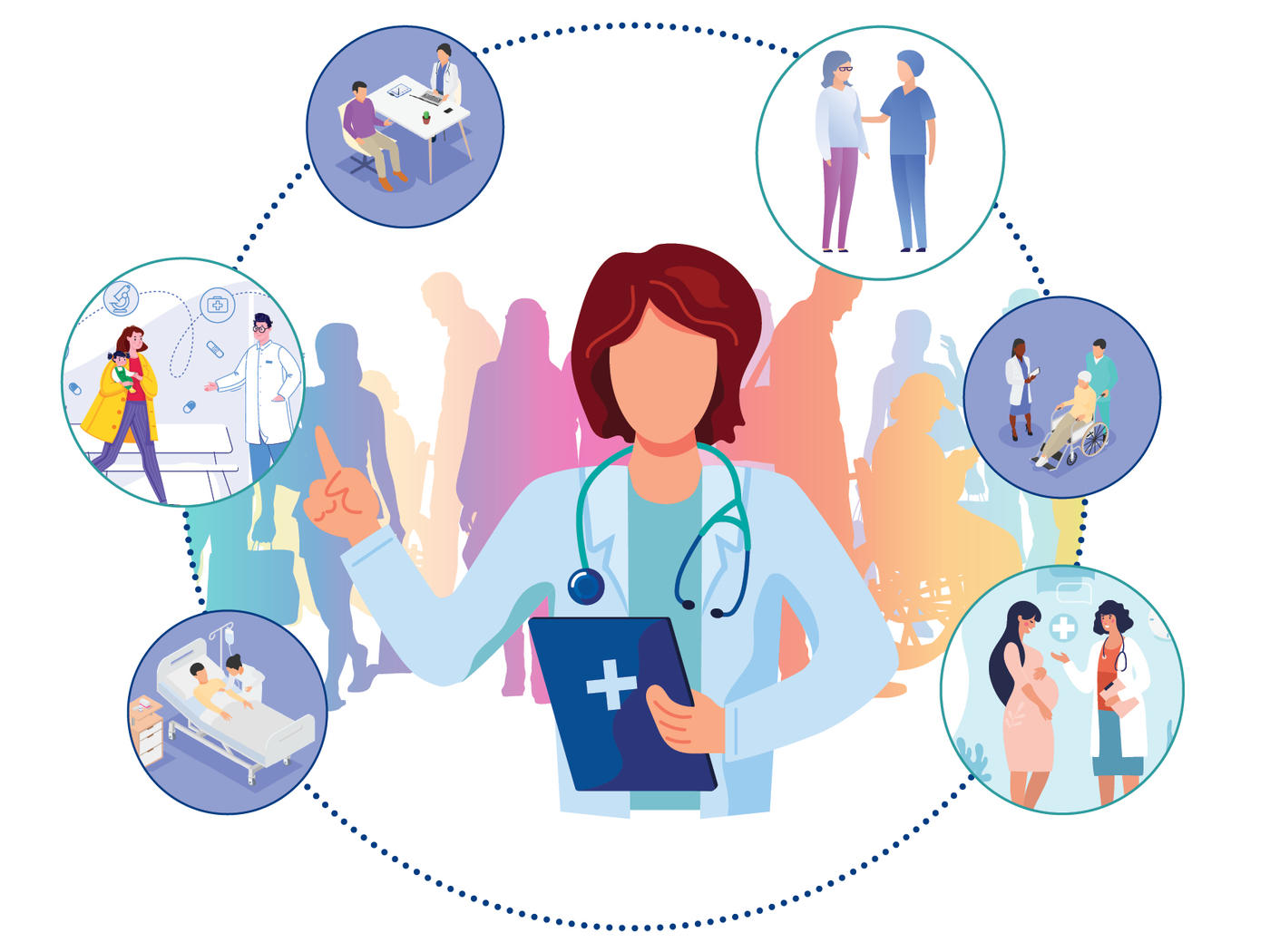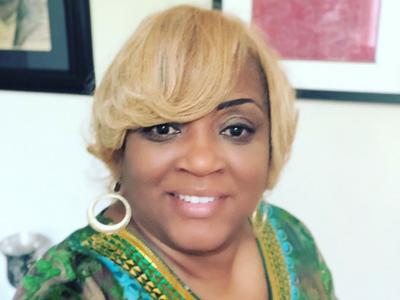Featured
Tags
Share
- Home / Blog / Nursing Today / Managing Trauma for Healthcare Professionals During COVID-19
Managing Trauma for Healthcare Professionals During COVID-19

In April of 2020, Dr. Lorna Breen, an emergency room doctor at a Manhattan hospital, spent many, many hours treating patients with COVID-19. Then she committed suicide. She had no previous history of mental illness. Her death shocked us all. How could this happen?
Her death prompted Gil Singletary, PhD, JD, MBA, MSW, LCSW, senior director, College of Health Professions at Chamberlain University, to examine emotional reactions to traumatic events in greater detail.
He shared his findings in a recent presentation entitled, “Managing Trauma for Healthcare Professionals”. One of the first topics Dr. Singletary discussed are the four emotional phases in our response to a crisis. Click on the numbers in the image below to hear him explain each phase of the crisis response. (Can’t use audio? There is a transcript of Dr. Singletary’s comments at the end of this article)
Phases of Emotional Response
The Role of Uncertainty in Creating Trauma
Dr. Singletary explained how a feeling of uncertainty over difficult events like COVID-19 leads to anxiety and fear. He gave an overview of a study in which half the participants were told by the researchers they would receive mild electrical shocks. The other half were told that there was a 50% chance of them receiving a mild shock. The group with the 50% chance were more anxious during the study. “The brain prefers predictability over uncertainty”.
Dr. Singletary asked us to remember how we felt when we first walked into a grocery store and saw that essential items – like meat, water, and paper products – were nowhere to be found. If you recall that time then you recall the panic and fear that resulted.
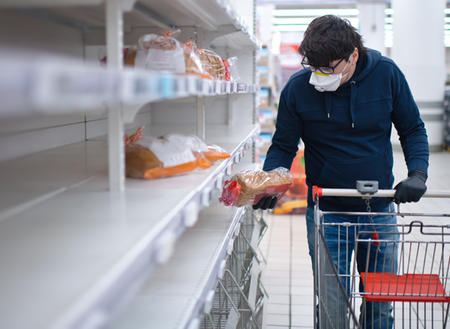
That experience of anxiety in the grocery store contributed to our feeling of uncertainty around COVID-19. Would it get worse? How long will it be around? Will myself or people I know get sick with it? We don’t have the answers to these questions yet and this uncertainty is making us all anxious.
Many of us can go home and distract ourselves to get our fear to subside. Healthcare workers, however, must deal with this uncertainty for many hours and days in a row. For some, this will lead to trauma. Dr. Singletary asked the attendees to consider this: are we allowed to show fear and anxiety around our coworkers? Or do healthcare workers consider these expressions a sign of weakness?
Dr. Singletary made it clear that if we don’t allow ourselves to feel our pain and if we don’t encourage our colleagues to express theirs, there will be negative consequences to this avoidance. "The natural response to pain is simply to avoid it, either ignore it or simply run away from it,” he said
Interestingly enough, this keeps our emotional pain active and at the forefront of our minds. By desperately trying not to have emotional pain, we inversely create more pain by virtue of our attempt to avoid it.
5
How can we tell if a coworker is experiencing trauma? Dr. Singletary provided some symptoms to look for.
The Symptoms of Trauma and Protective Factors
The key symptoms people will express when they’re experiencing trauma include:
- Anxiety and Fear
- Guilt, shame, and self-blame
- Withdrawing from others
- Feeling sad or helpless
- Feeling disconnected and numb
Perhaps you’ve experienced these symptoms or observed them in your co-workers. Fortunately, there are things we can do to mitigate these symptoms. A few ways that healthcare workers can protect themselves from trauma include:
- Continuous contact with and support from important people in your life
- Disclosing the trauma to loved ones
- Identifying as a survivor as opposed to a victim
- Finding positive meaning in the trauma
Dr. Singletary pointed out, however, that people in pain often don’t actively bring these factors into their lives, and this makes their experience more difficult: “In terms of continuous contact with and support from important people – we do the opposite. Disclosing the trauma to loved ones – we do the opposite. Identifying as a survivor as opposed to a victim – we do the opposite. Finding positive meaning in the trauma? It’s difficult but it’s so important that we find a positive meaning in the trauma”. Listen to Dr. Singletary:
Are we allowed to show fear? Are we allowed to anxiety at times of crises? Those are the things we need to think about as a profession in terms of moving forward so that we don't have more stories of Dr. Breen.
6
Finding Meaning in the Crisis
His final point? We must stop seeing ourselves as victims and instead think of ourselves as survivors. As he puts it, "That’s what we have to remember to do in situations of crisis” - is finding meaning in the pain. It’s redefining the pain and the suffering that we feel and using that as a badge of honor; of resilience, as opposed to looking at ourselves as a victim.
Listen to Dr. Singletary:
7
Watch Dr. Singleton’s full presentation, “Managing Trauma for Healthcare Professionals” to learn more.
Related Articles
- The Balancing Act: 6 Tips for Achieving Work-Life Balance
- School, Life, Work: Finding Balance in Your Life
- Just Say OM: How Cultivating Mindfulness Can Enhance Your Nursing Practice
- To Improve Your Care for Others, Care for Yourself First
Transcript of Audio
In the graph:
i) One of the most effective ways to reduce the impact of trauma is being able to anticipate. And to an extent, predict with some level of certainty the emotional highs and lows, and the context of COVID, and the best way to do this is to view COVID through these emotional phases. When I think about the ebb and flows and the emotional reaction to COVID, I see a very predictable emotional response.
1) The first phase is the heroic phase. This phase occurs directly after a disaster. During this phase, heroic actions are taken to help people recover from or survive a disaster. Notice in the graphic that during the heroic phase our emotional state is very high.
2) Next is the honeymoon phase. In this phase people draw together to solve problems in an intense showing of community. This phase generally lasts from one week to six months. If you think back to what was going on in the first, second, third week of COVID, you can clearly see we were in a sort of honeymoon phase all across America. I remember seeing police officers and firemen outside of hospitals, thanking healthcare workers for their services. We were in an emotionally high state.
3) In the disillusionment phase, people begin to become overwhelmed by the event and questions regarding safety processes and the extent of the rewards and the benefit starts to enter people’s consciousness. Now you can see [in the graph] our emotional state has dropped significantly, and now you see this sort of diverging path that starts to take shape. Now, many Americans are now starting to question the government's response to the crisis while others are now starting to protest stay in shelter orders that were actually once welcomed by all the communities.
4) Finally, we have the reconstruction phase. Individuals either work together as a group and make progress or regress and remain stagnated.
In the body of the text:
5) The natural response to pain is simply to avoid it. Either ignore it or we simply run away from it. And interestingly enough, this keeps our emotional pain active and at the forefront of our minds. So desperately trying not to have an emotional pain, we inversely create more pain by virtue of our attempt to avoid it.
6) Are we allowed to show fear? Are we allowed to anxiety at times of crises? Those are the things we need to think about as a profession in terms of moving forward so that we don't have more stories of Dr. Breen.
7) That's what we have to remember to do in situations of crisis. It's finding meaning in the pain. It's redefining the pain and the suffering that we feel and using that as a badge of honor - of resilience - as opposed to looking at as a victim.
(end of transcript)
By Michael Britt
More from Nursing Today
Request More Information
To receive the Chamberlain University Program Guide, including associated career paths, please select a program of study.




